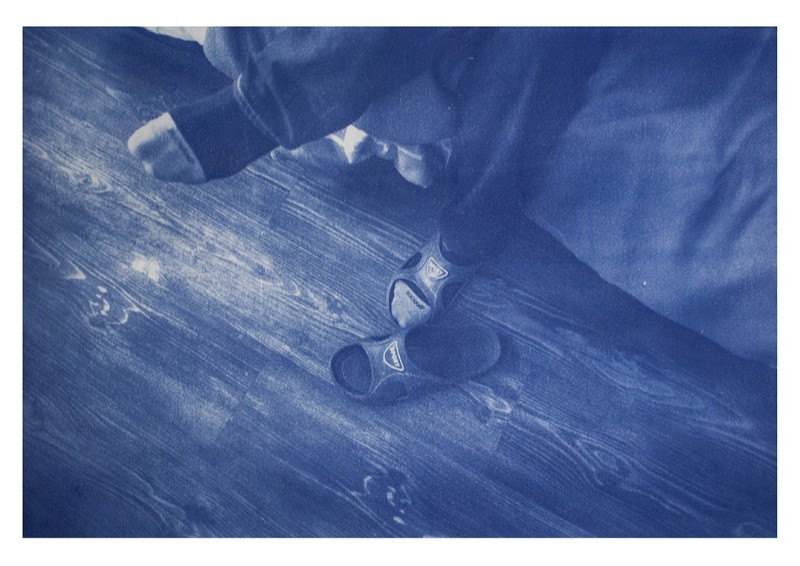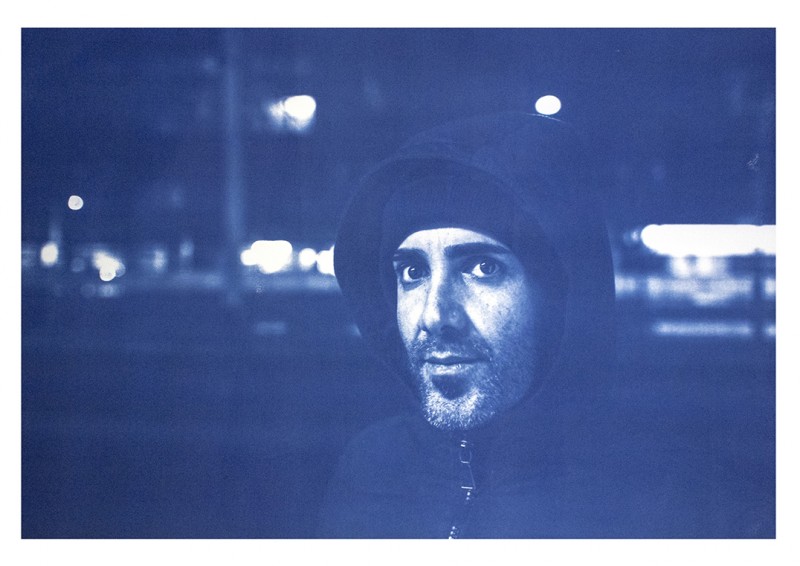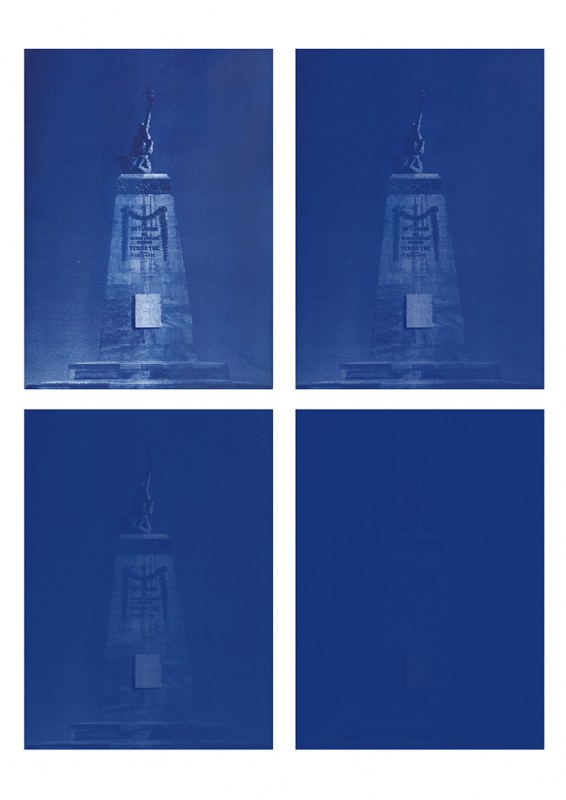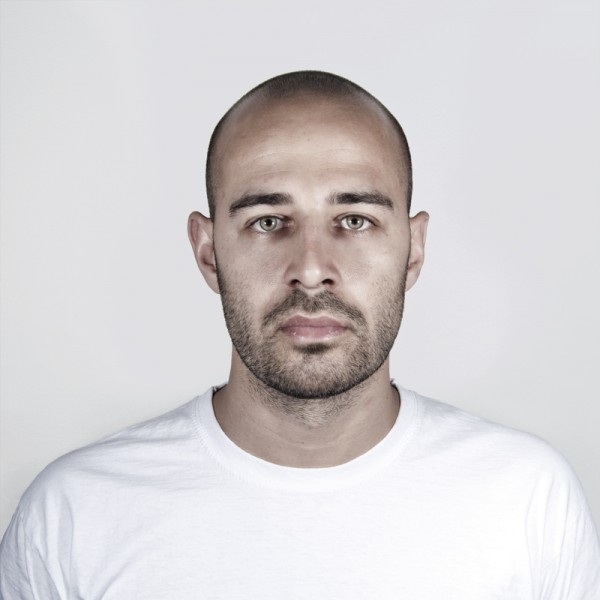Many Shades of Blue
Many Shades of Blue
Emeric Lhuisset
June 13, 2017
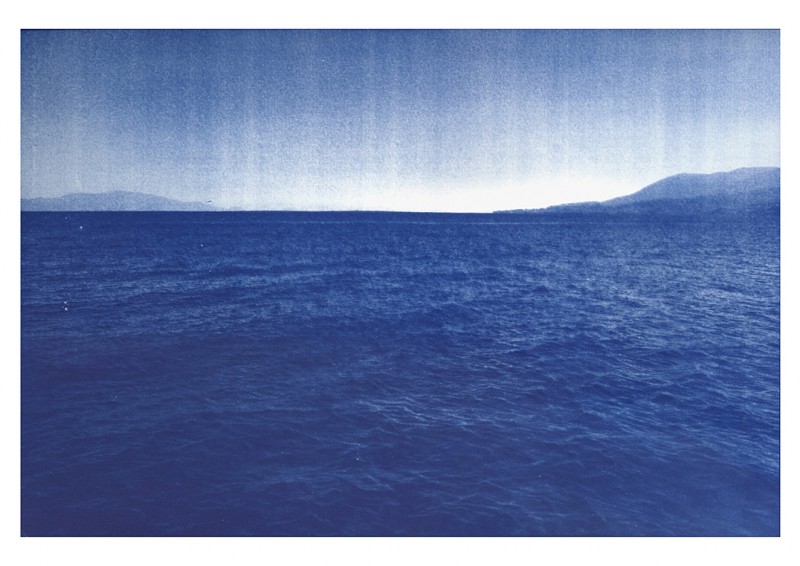
How would you describe the idea behind your project?
Having worked in numerous war zones, many of the friends I met in Iraq, Syria, or Afghanistan are now on the refugees route… Some arrived in Europe a few years ago, others never arrived and vanished at sea. I follow their journey through the messages we exchange regularly. I also remember the stories my grandmother used to tell me when I was younger, about her journey to North Africa, to leave a Europe at war… I made the choice to depart from these images belonging to the field of the news or of the spectacular, or miserabilist or even catastrophist. These impersonal images are too often used to justify populist discourses. I decide to meet my refugee friends throughout Europe and to photograph their everyday life in all its banality.
You’ve won the Leica Prize at Grand Prix Images Vevey for your series. What does that mean to you?
I think it can be a good opportunity, with the help of Leica and the Grand Prix Vevey, to continue to develop the project, and it can give higher visibility to this project, which is very important to me; and maybe with this visibility I can try to change the perception that too many people have about refugees.
How can photography help people understand words like “flight” and “migration”?
For me, photography is a medium, like painting or sculpture. You can use this medium in thousands of different ways, and, while the photography itself can’t help, the way you use it certainly can help.
With my work I don’t have the power to change society directly, but I think that, as an artist, I have a responsibility – the responsibility to change perceptions, and changing perceptions can change the way people think and act.
What technique did you opt for when printing the pictures?
These photographs are printed on cyanotype and not fixed. They will evolve as the exhibit unfolds, and in the end will become blue monochromes… the blue of the sea into which so many vanish, but also the blue of Europe. Because all these refugees who have arrived are a part of the future of Europe and are future Europeans.
Emeric Lhuisset+-
Born in 1983 and grew up in a suburb of Paris. He studied Art at the École des Beaux-Arts de Paris and Geopolitics at the University Panthéon-Sorbonne / Ecole Normale Superieur in Ulm.
His photographic work has earned him many prizes: in 2014 he was a finalist for the Leica Oskar Barnack Award, in 2015 for the Magnum Foundation Emergency Fund Award and the Niépce Award. His first book, Maydan – Hundred portraits, appeared in 2014, and Last water war in 2016, published by André Frère Editions and Paradox.
In addition to his work as a photographer, Lhuisset teaches Contemporary Art and Geopolitics at the Institut d’Etudes Politiques de Paris. More

